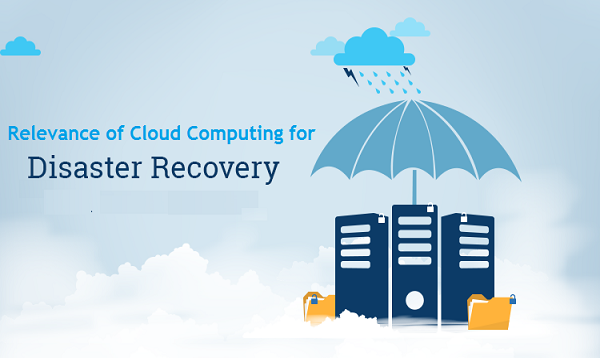Every organization that operates online business such as ecommerce or any other business that depends on internet must have a clear understanding about impact of an unexpected outage.
Understanding the impact of downtime
There is a general opinion that unplanned downtime is most commonly caused due to natural disasters. However as confirmed by a study, that took into account feedback from 400 IT professionals, more than half of organizations have suffered from downtime impact lasting for more than eight hours which could be attributed to power outages and hardware or system failure.
Downtime can play havoc with organization’s operational efficiency and digital assets. It is common for enterprises to face annual downtime that can last for more than ten to twenty hours. Irrespective of the size of an organization, downtime can be a costly proposition. However, the effect of downtime can be avoidable if one is ready to face the curse of nature or sudden equipment failure.
Virtualized and cloud based disaster recovery
Virtualization guarantees availability of dynamically scalable resources. This can obviate need to maintain and operate additional data replication facilities at other locations. Running a parallel site to physically maintain replicated data to avert impact of downtime at primary location leads to double costs of operations.
Cloud based DR option minimizes these costs while offering assurance of instant failover capability, thanks to virtualization of data replication.
Importance of cloud based disaster recovery
If the events of unplanned outages are going to be unavoidable, then the best defense would be to make sure that the organization is prepared with a robust disaster recovery plan. Disaster recovery solutions offer the most practical and affordable approach to deal with severe impact of any unexpected downtime.
Since failure of mission critical applications can lead to operational irregularities and business loss, disaster recovery should be an inseparable part of organization’s IT strategy.
Common or traditional Disaster Recovery solutions follow the course of data replication. This can involve highly resource intensive process of replicating an entire infrastructure along with data to a remote location to serve as a backup site during downtime events at primary facilities.
Physical Disaster Recovery facilities involve huge costs of maintaining and operating the additional infrastructure. On the other hand, a virtualized infrastructure provided by cloud service providers can reduce hardware and other costs that are associated with physical DR solutions.
Cloud based DR resource can remain idle during ‘peacetime’ and would instantly scale up to meet the challenges of downtime that are about to impact business continuity at primary site.
Cloud based disaster recovery services are more popularly known as Disaster Recovery as a Service or DRaaS. Since these solutions do not need addition of any physical hardware to a primary site, users are not expected to maintain or manage any additional resources. It is possible to use DRaaS as a managed solution as you will not be required to upgrade or update the same.
On-demand provisioning
Time is an extremely vital factor during downtime. DRaaS solutions facilitate operation of your infrastructure in a cloud environment as soon as an unplanned outage strikes the facility. This allows the business to run seamlessly without any interruption of business continuity.
The backup facility of DRaaS is always prepared to support your business critical applications no sooner than an issue is about cause any outage. Users can look forward to a seamless transition of their facilities to cloud environment without impacting website availability.
Total time required for recovery from an outage can be minimized to reduce expenses of using a DRaaS resource. Once the primary site is ready to operate again, the applications are transferred back to the original site from DR environment with a negligible amount of downtime.
DRaaS and cost efficiency
One can expect significant cost savings by adopting a DRaaS capability instead of a physical DR infrastructure. In order to provide a reliable disaster recovery capability to your primary site, a Cloud based DR solution is only required during actual time of outage and will essentially remain un-operational during the rest of the period.
Thanks to the utility style billing method of cloud computing, your organization will be required to pay only for the period of activity, thereby considerably mitigating DRaaS associated costs.
Security considerations of DRaaS
Securing mission critical workloads from hazards of unplanned outages involve extreme care and concern. Thanks to the recent advances in security measures, cloud based DRaaS services ensure addition of multiple security layers and extensive data encryption facilities while the data is being moved to and from the cloud environments. Encryption of replicated data assures seamless protection and guarantees peace of mind to users.
State of the art data encryption, automated backups and other cost efficient security measures ensure that the users are able to save costs and ensure protection of mission critical workloads during unexpected outages.
Interesting Topic : What Is Your Cloud Provider’s Disaster Recovery Plan?






 Live Chat
Live Chat